The Rich Tradition and Modern Evolution of Japanese Board Games
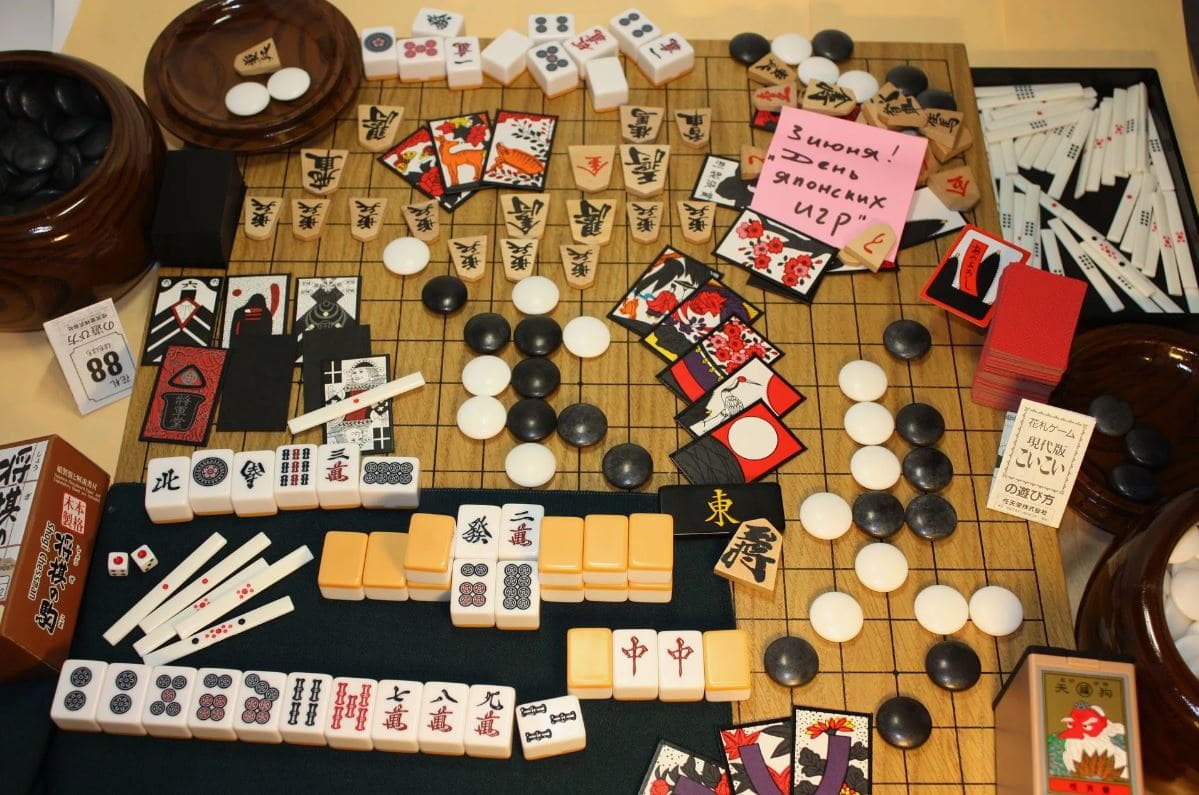

Japan has a rich history of board games, ranging from ancient classics such as Go, also known as Baduk in Korea and Weiqi in China, to more modern titles that have captivated players worldwide. This article explores the fascinating world of Japanese board games, discussing their historical significance and current popularity, as well as where enthusiasts can find these games in Japan.
Traditional Japanese Board Games
Traditional Japanese board games provide a fascinating insight into the country’s rich cultural heritage and strategic creativity. These games, including Go and Shogi, have been enjoyed for centuries and remain popular both in Japan and internationally. They not only offer entertainment but also contribute to the development of cognitive abilities and strategic thinking skills. Each game has its own unique history and rules, reflecting the delicate balance between simplicity and complexity that is characteristic of Japanese aesthetic and philosophical principles.
The Timeless Game of Go
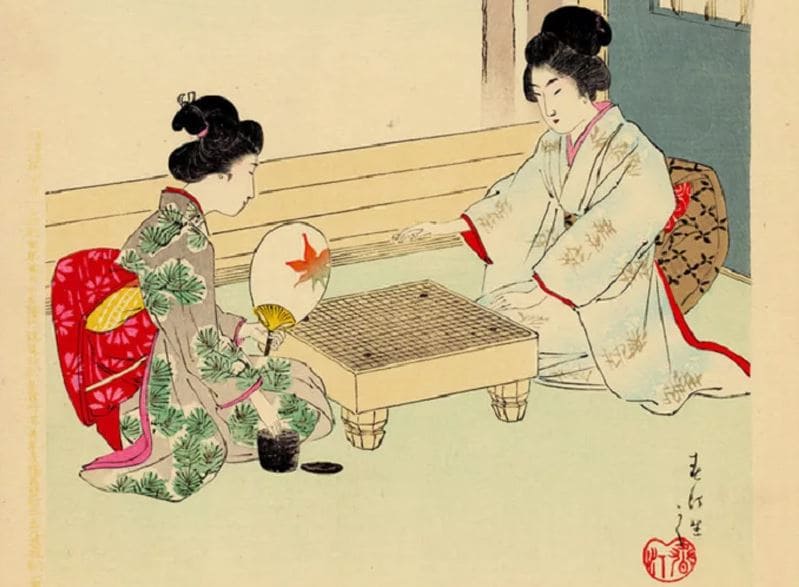
Go, also known as Baduk in Korea and Weiqi in China, is an ancient board game that originated over 2,500 years ago in China and has since spread to other countries. This strategic game is played on a 19×19 board with black and white pieces, and emphasizes the importance of balance and territorial control. Despite its simple rules, the game’s complexity makes it a favorite of both casual players and experienced enthusiasts.
- Historical Significance: Go’s history dates back to ancient China, where it was considered one of the four essential arts of a cultured Chinese scholar. It was introduced to Japan in the 7th century and gained popularity among the samurai and aristocracy.
- Gameplay Mechanics: Players take turns placing stones on the board, aiming to control the largest area of territory. Capturing opponents’ stones by surrounding them adds to the game’s strategic depth.
- Cultural Impact: Go has a profound cultural significance in East Asia, often associated with intellectual development and strategic thinking.
- Professional Play: There are professional Go leagues in Japan, Korea, and China, with tournaments like the Kisei and Honinbo providing prestigious titles.
- Global Reach: Go is played worldwide, with organizations like the American Go Association promoting the game in the West.
Learn more about the game of Go here. You can solve problems and increase your level of play here. Learn through video courses with interactive elements for players of all levels here.
Interesting Facts and Figures:
- Oldest Known Board: The oldest surviving Go board dates back to the Han Dynasty (206 BCE – 220 CE).
- Professional Rankings: Professional Go players are ranked from 1-dan to 9-dan, with 9-dan being the highest.
- AI and Go: In 2016, Google’s AI, AlphaGo, defeated world champion Lee Sedol, marking a significant milestone in AI development.
Shogi – Japanese Chess
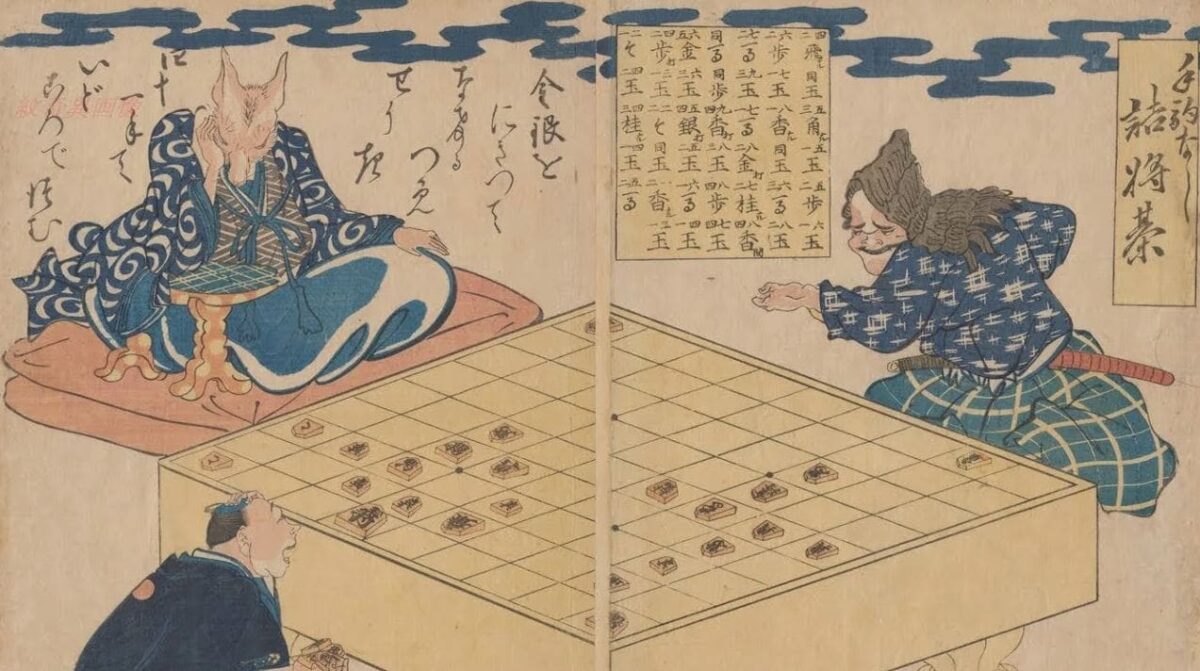
Shogi, also known as Japanese chess, is a strategic board game that has its origins in the Heian period (794–1185). The game is played on a 9×9 grid, with each player beginning with 20 pieces, including pawn, rook, bishop, and king. What distinguishes Shogi from other chess variations is the drop rule, which allows captured pieces to be reintroduced into the game by the capturing player. This adds an additional layer of strategic depth to the gameplay.
- Board Setup: The 9×9 grid offers ample space for strategic maneuvering. Each player’s back row starts with the king in the center, flanked by gold and silver generals, knights, lances, and a bishop and rook placed in specific positions.
- Promotion: When pieces move into the opponent’s territory (the last three ranks), they can be promoted to stronger units. For example, a pawn promotes to a gold general, drastically increasing its mobility and power.
- Drop Rule: One of Shogi’s most distinctive features is the ability to drop captured pieces back onto the board as one’s own. This rule keeps the game dynamic and balanced, as a player can turn the tide of battle by cleverly reintroducing captured pieces .
Interesting Facts and Figures:
- Historical Origins: Shogi is believed to have evolved from the Indian game of chaturanga, similar to how other chess variants developed across Asia and Europe.
- Professional Play: In Japan, Shogi professionals are highly respected, with tournaments offering significant prize money. The most prestigious title is the Meijin, held annually .
- Popularity: Shogi is extremely popular in Japan, with a dedicated TV channel, Shogi TV, broadcasting games and tutorials. It has also seen a rise in international interest, with Shogi clubs and online platforms connecting players worldwide .
Shogi Pieces and Their Promotions:
| Piece | Starting Position | Promotion |
| Pawn | Third rank | Gold general |
| Lance | Corners of the first rank | Gold general |
| Knight | Second rank, second from corners | Gold general |
| Silver General | First rank, flanking the king | Gold general |
| Gold General | Flanking the silver generals | No promotion |
| Bishop | Second from the right on first rank | Dragon horse (enhanced bishop) |
| Rook | Second from the left on first rank | Dragon king (enhanced rook) |
| King | Center of the first rank | No promotion |
Shogi’s intricate rules and unique mechanics make it a challenging and engaging game, beloved by millions.
Popular Modern Board Games in Japan
The gaming industry in Japan has experienced a surge in popularity, with modern board games capturing the attention of players worldwide. These games offer a plethora of unique and inventive titles, catering to both casual gamers and dedicated enthusiasts alike.
These games often boast creative mechanics, captivating themes, and compact designs, making them ideal for urban lifestyles and social gatherings. Oink Games, a prominent Japanese publisher, has garnered international acclaim for its high-quality and innovative games that provide a plethora of fun in small packages.
Whether you embark on a quest for treasure in “Deep Sea Adventure” or navigate the intricate streets of “Tokyo Highway,” there is a modern Japanese board game to suit every taste.
Deep Sea Adventure
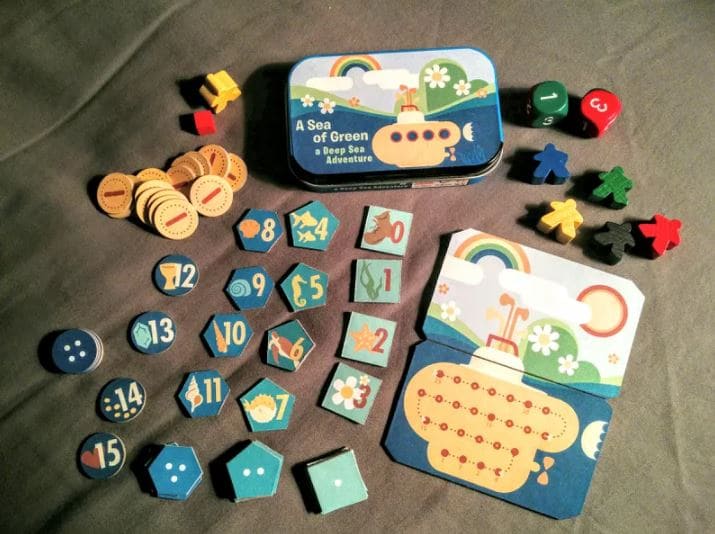
Deep Sea Adventure is a compact and engaging press-your-luck board game designed by Jun Sasaki and Goro Sasaki, and published by Oink Games. In this game, players assume the roles of divers exploring the depths of the ocean to collect treasures. However, they must share a single air supply, which adds a strategic layer of risk management and cooperation.
- Gameplay Mechanics:
- Press-Your-Luck: Players roll dice to move their divers and collect treasures. The more treasures they collect, the heavier they become, and the less they can move on subsequent turns.
- Shared Air Supply: All players share a single air supply, which decreases with each turn. Players must balance their greed for treasures with the need to return to the submarine before the air runs out.
- Compact Design: The game comes in a small, portable box, making it perfect for travel and quick play sessions.
- Interesting Facts and Figures:
- Awards and Recognition: Deep Sea Adventure has received critical acclaim and multiple nominations, including a nomination for the 2015 Golden Geek Best Family Board Game.
- Player Count: The game is designed for 2 to 6 players, with an average playtime of 30 minutes, making it ideal for family gatherings and casual gaming sessions.
- Market Popularity: Despite its small size, Deep Sea Adventure has made a big splash in the board gaming community, frequently appearing in top game lists and board game cafes across Japan.
Quick Overview:
- Designer: Jun Sasaki, Goro Sasaki
- Publisher: Oink Games
- Players: 2-6
- Playtime: 30 minutes
- Awards: Nominated for the 2015 Golden Geek Best Family Board Game
Deep Sea Adventure’s blend of simplicity, strategic depth, and social interaction has made it a beloved title among board game enthusiasts.
Tokyo Highway

Tokyo Highway is a dexterity game developed by Naotaka Shimamoto and Yoshiaki Tomioka and published by itten. The game challenges players to construct a complex, multilevel highway system and place their vehicles strategically on it. Through a unique combination of strategy and manual dexterity, Tokyo Highway provides an engaging and enjoyable experience for players of all ages.
- Gameplay Mechanics:
- Building Roads: Players use sticks to construct roads, aiming to navigate through and over their opponents’ highways. The game requires careful placement to avoid knocking over existing structures.
- Placing Cars: Once a player successfully creates a road segment that passes under or over an opponent’s highway, they can place one of their cars on the new segment. The objective is to place all of one’s cars first.
- Dexterity and Strategy: The game combines elements of strategic foresight and physical dexterity, as players must balance their roads and carefully place cars without disrupting the delicate structure.
- Interesting Facts and Figures:
- Awards and Recognition: Tokyo Highway has received praise for its innovative design and engaging gameplay. It was a nominee for the 2018 Spiel des Jahres award, one of the most prestigious accolades in the board gaming world.
- Player Count: The game supports 2 to 4 players, making it ideal for small groups. Each game session lasts approximately 30 to 50 minutes, providing a quick yet challenging experience.
- Cultural Impact: Tokyo Highway has become a favorite in board game cafes and clubs across Japan and internationally. Its minimalist design and engaging mechanics make it a standout title in the modern board gaming scene.
Quick Overview:
- Designer: Naotaka Shimamoto, Yoshiaki Tomioka
- Publisher: itten
- Players: 2-4
- Playtime: 30-50 minutes
- Awards: Nominee for the 2018 Spiel des Jahres award
Tokyo Highway’s blend of strategic planning and manual dexterity has made it a beloved game among board game enthusiasts.
Love Letter
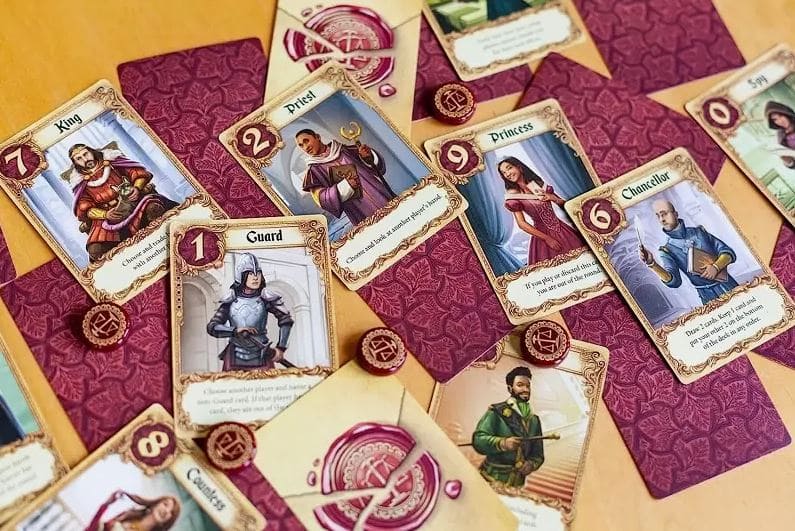
Love Letter is a fast-paced, portable card game developed by Seiji Kanai and published in 2012 by Alderac Entertainment Group. Players compete to deliver a love letter to the princess, while preventing their opponents from doing the same. The game’s straightforward mechanics and strategic depth have contributed to its success globally.
- Gameplay Mechanics:
- Objective: Players aim to be the last person standing or to have the highest-value card when the deck runs out. The goal is to successfully deliver a love letter to the princess.
- Card Play: Each player starts with one card. On their turn, a player draws one card and then plays one of the two cards in their hand, following the card’s instructions. The game includes various roles like the Guard, Priest, Baron, Handmaid, Prince, King, Countess, and Princess, each with unique effects.
- Strategy and Luck: Despite its simplicity, Love Letter involves significant strategic decisions and bluffing. Players must carefully consider which cards to play and how to predict their opponents’ moves.
- Interesting Facts and Figures:
- Awards and Recognition: Love Letter has received numerous accolades, including the 2014 Golden Geek Best Family Board Game award and the 2013 Fairplay À la carte Winner.
- Global Popularity: The game has been translated into over 20 languages and has sold millions of copies worldwide. It has spawned various themed editions, including Batman, Adventure Time, and The Hobbit versions.
- Playtime and Players: The game is designed for 2 to 4 players and typically takes about 20 minutes to play, making it perfect for quick gaming sessions.
Quick Overview:
- Designer: Seiji Kanai
- Publisher: Alderac Entertainment Group
- Players: 2-4
- Playtime: 20 minutes
- Awards: 2014 Golden Geek Best Family Board Game, 2013 Fairplay À la carte Winner
Love Letter’s blend of simplicity, strategic depth, and portability has made it a beloved game among board game enthusiasts.
Yokohama

Yokohama is a strategic game designed by Hisashi Hayashi and published by Tasty Minstrel Games, set in the vibrant city of Yokohama during the Meiji period. The game places players in the shoes of ambitious merchants, tasked with building shops, fulfilling orders, and gaining influence to emerge as the most successful entrepreneur in the urban landscape.
- Gameplay Mechanics:
- Resource Management: Players gather various resources such as copper, tea, fish, and silk. These resources are crucial for fulfilling orders and building businesses.
- Worker Placement: The game employs a worker placement mechanism where players place assistants across different locations to perform actions. Effective placement and movement of these assistants are key to maximizing efficiency.
- Area Control: Establishing control over various districts in Yokohama provides significant advantages, including extra resources and bonus points.
- Technology and Orders: Players can develop new technologies to improve their operations and fulfill orders to gain victory points and influence.
- Interesting Facts and Figures:
- Historical Context: Yokohama provides a rich cultural immersion, reflecting the rapid industrialization and modernization of Japan during the late 19th century.
- Components: The game features a modular board, allowing for a variety of setups and replayability. It also includes beautifully illustrated cards and high-quality components that enhance the gaming experience.
- Awards and Recognition: Yokohama has received critical acclaim and several nominations, including the Golden Geek Best Strategy Board Game in 2017. Its blend of strategic depth and thematic richness has made it a favorite among serious board gamers.
Quick Overview:
- Designer: Hisashi Hayashi
- Publisher: Tasty Minstrel Games
- Players: 2-4
- Playtime: 90-120 minutes
- Awards: Nominated for the 2017 Golden Geek Best Strategy Board Game
Yokohama’s combination of strategic planning, resource management, and historical immersion offers a deeply satisfying experience for board game enthusiasts.
Kanagawa
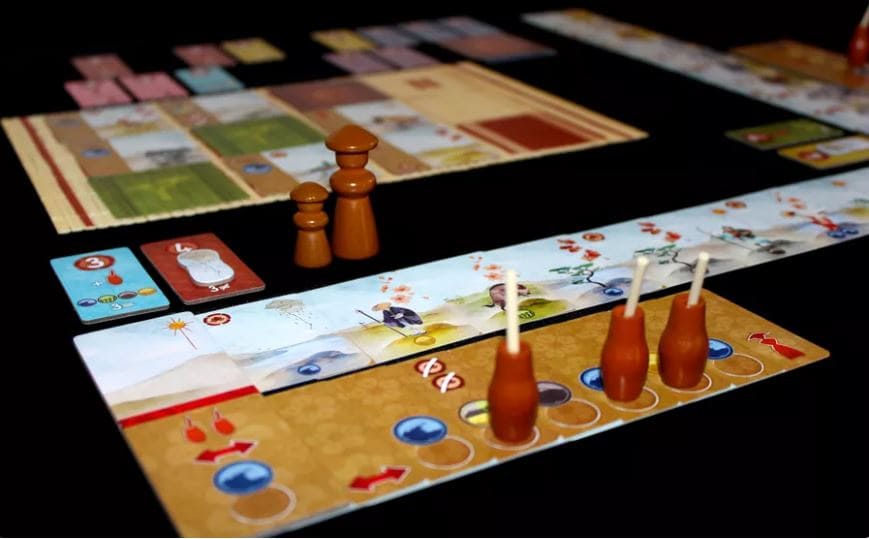
Kanagawa is a beautifully designed board game created by Bruno Cathala and Charles Chevallier and published by IELLO. The game is set in the scenic Kanagawa Prefecture and invites players to take on the role of apprentices in a painting studio. Players compete to create the most harmonious and aesthetically pleasing works of art, combining elements of collection building and resource management. The game offers a serene and engaging experience for players, providing a unique and enjoyable gaming experience.
- Gameplay Mechanics:
- Set Collection: Players collect different cards representing various elements of a painting, such as landscapes, animals, people, and buildings. Each card contributes to the overall harmony and aesthetic value of the final artwork.
- Resource Management: Managing resources like paintbrushes and lessons is crucial. Players must decide whether to take a card and use its elements immediately or wait for a better opportunity, balancing the risk and reward.
- Studio Upgrades: Players can also improve their studio by acquiring new techniques and tools, which provide additional benefits and increase the potential for creating stunning paintings.
- Interesting Facts and Figures:
- Art and Design: The game’s artwork is inspired by traditional Japanese woodblock prints, specifically the works of Hokusai, capturing the beauty and tranquility of Japanese art.
- Awards and Recognition: Kanagawa has been praised for its elegant design and gameplay, earning nominations for various board game awards and accolades from the gaming community.
- Player Count and Playtime: The game is designed for 2 to 4 players, with an average playtime of around 45 minutes, making it perfect for a relaxing yet competitive gaming session.
Quick Overview:
- Designer: Bruno Cathala, Charles Chevallier
- Publisher: IELLO
- Players: 2-4
- Playtime: 45 minutes
- Awards: Various nominations and accolades for design and gameplay
Kanagawa’s combination of strategic set collection, resource management, and beautiful artwork provides a unique and enjoyable experience for players.
Where to Buy Board Games in Japan
Japan has a vibrant board gaming culture, with numerous options for purchasing and playing board games. Whether you are a local enthusiast or a tourist seeking to bring a piece of Japanese gaming experience home, there are numerous opportunities to explore.
From specialized game stores in the Akihabara district to charming board game cafés in various locations, you will find a diverse selection of Japanese and international titles. These establishments not only sell games, but also provide a space for players to gather and engage in friendly competition, fostering a sense of community among board game enthusiasts.
Game Stores in Akihabara

Akihabara, Tokyo’s renowned electronics district, is not only a paradise for tech enthusiasts but also a hub for board game lovers. The area boasts several prominent stores that cater to both Japanese exclusives and international board games.
- Yellow Submarine: This well-known store offers an extensive range of board games, card games, and tabletop RPGs. It’s a favorite among locals and tourists alike for its diverse selection and knowledgeable staff.
- Yodobashi Camera: Although primarily an electronics retailer, Yodobashi Camera’s Akihabara branch has a dedicated section for board games. Here, you can find popular Japanese titles as well as international hits, making it a convenient one-stop-shop for board game enthusiasts.
- Super Potato: While famous for retro video games, Super Potato also offers a selection of board games, particularly those that hold nostalgic value or are themed around classic video games.
Board Game Cafes
Board game cafes are a fantastic way to explore and play various games while meeting fellow enthusiasts in a relaxed and social environment. Tokyo has several notable board game cafes that provide an excellent atmosphere for gaming.
- Shibuya Board Game Cafe: Located in the bustling Shibuya district, this cafe offers a cozy space with an extensive collection of board games. Patrons can enjoy trying out new games while sipping on coffee or enjoying light snacks.
- Jelly Jelly Cafe: With multiple locations across Tokyo, Jelly Jelly Cafe is known for its vibrant atmosphere and extensive library of board games. They frequently host events and tournaments, making it a great place for both casual and competitive players.
- Cafe Daydream: This cafe offers a quieter, more intimate setting compared to some of the larger venues. It’s a perfect spot for those looking to play more strategic and complex games without the hustle and bustle of larger crowds.
From the ancient strategic game of Go to contemporary creations like Deep Sea Adventure or Love Letter, Japanese board game culture presents a vast and diverse tapestry. Whether you are a seasoned player seeking new challenges or a curious novice venturing into uncharted territory, exploring the world of Japanese board games provides a unique insight into the intricate interplay of tradition and innovation that defines this cultural phenomenon.
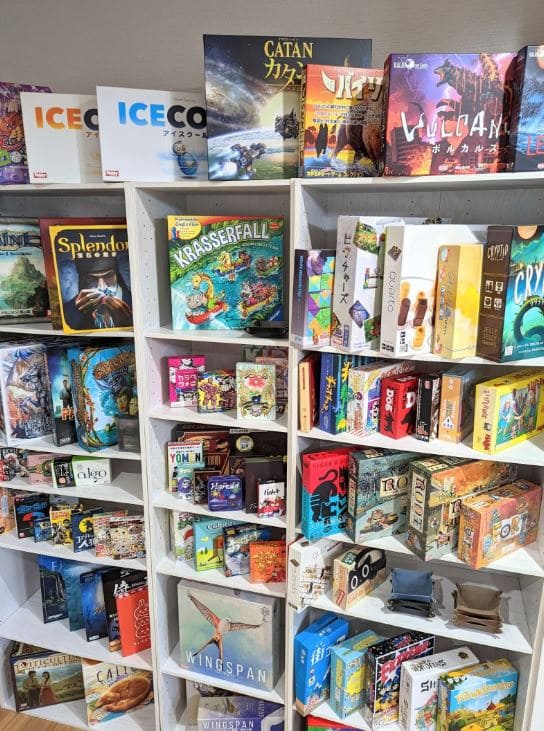
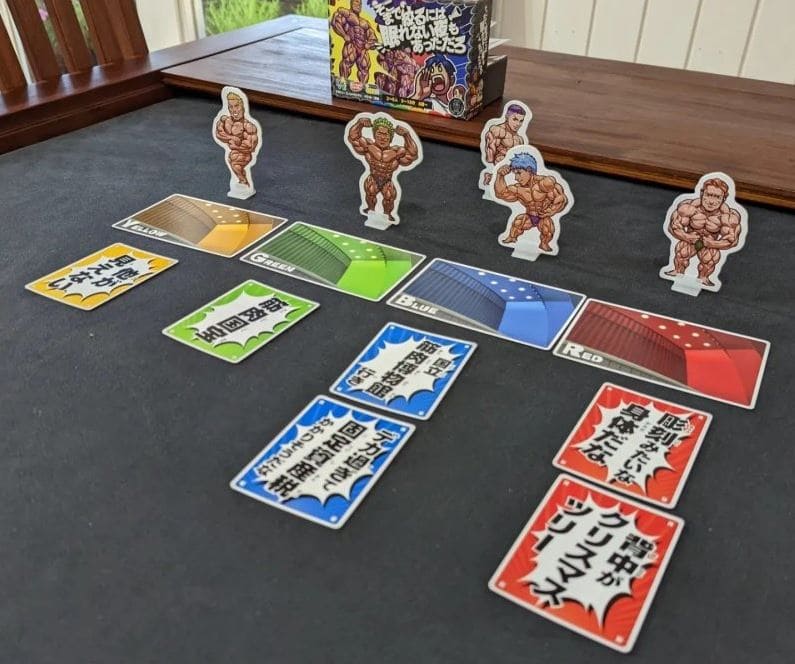

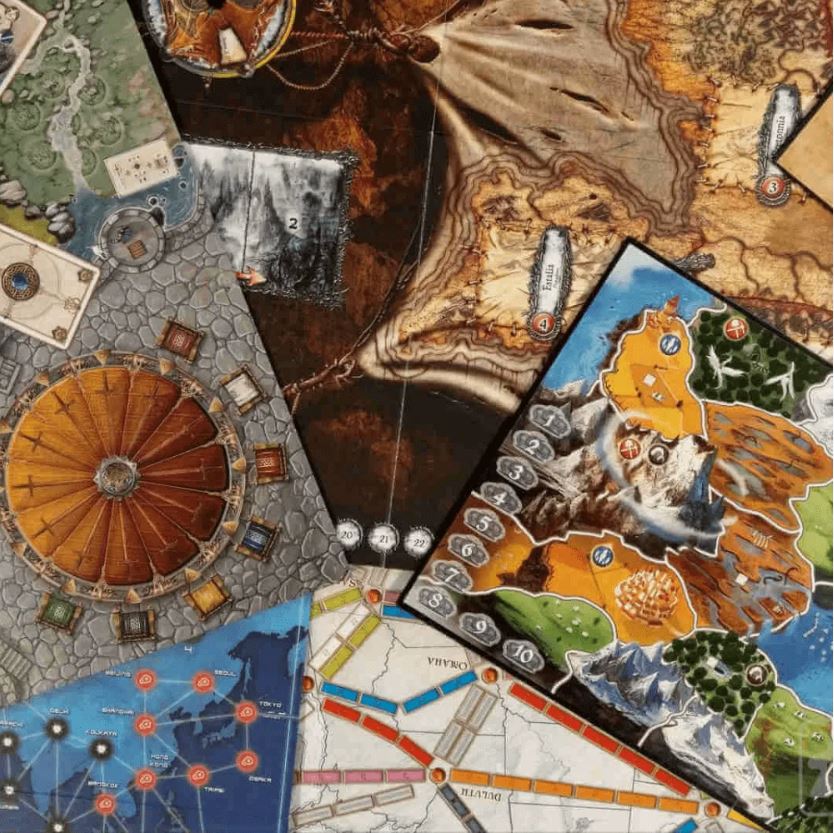

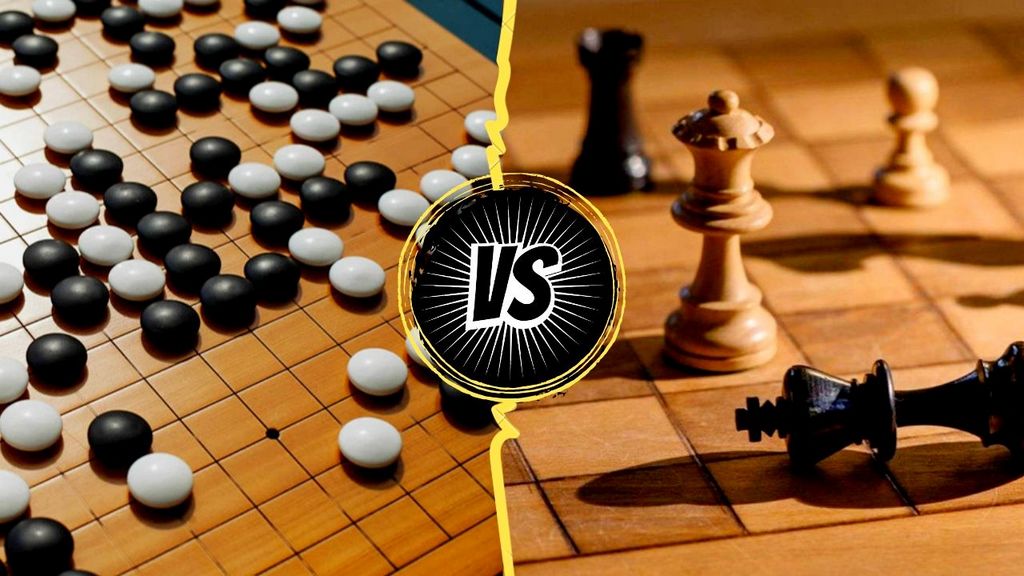
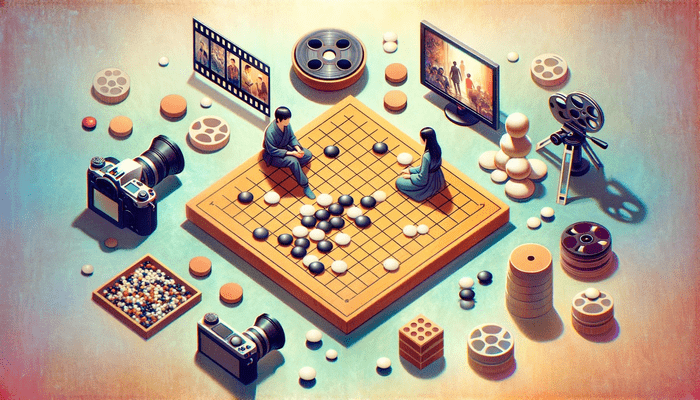

Leave a comment